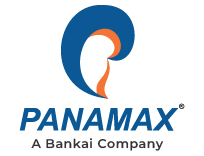The phrase "core banking system" has evolved to refer to the beating heart of a bank's activities in the dynamic world of finance. It serves as the digital nucleus orchestrating various banking functions, ensuring seamless transactions, and delivering an enhanced customer experience. At its core, a core banking system is the central nerve center of a financial institution, managing and facilitating transactions, customer accounts, and other essential banking functions. It encompasses a suite of software and applications designed to streamline operations, enhance efficiency, and provide a solid foundation for a bank's digital transformation.
With a projected CAGR of 17.6% from 2023 to 2032, the global core banking software market is expected to generate revenues of $49.7 billion by 2032. The decision to adopt a particular core banking system is a strategic move that can significantly impact a bank's overall performance. The right system can propel the institution into the digital era, fostering innovation and responsiveness to market demands. Conversely, a suboptimal choice may lead to operational inefficiencies, security vulnerabilities, and hampered growth.
In the quest for an ideal digital core banking system, bankers weigh multiple factors to ensure a holistic and future-ready solution. These considerations range from scalability and flexibility to security, user interface design, performance, cost-effectiveness, and the crucial aspect of future-proofing the system. Let's delve into the banker’s critical elements that define a robust core banking system, emphasizing its role in shaping the future of banking.
Scalability and Flexibility
Scalability and flexibility stand as pillars supporting the adaptability of a core banking system to the ever-changing financial landscape. Scalability ensures the system can handle growing volumes of transactions and users, while flexibility allows for seamless integration with new technologies and applications.
Successful, scalable systems are designed with modular architectures that can easily accommodate increased workloads. They leverage cloud-based solutions, enabling banks to scale resources dynamically based on demand. This ensures optimal performance during peak times and cost savings during periods of lower activity.
While considering a core banking system, bankers assess the flexibility of the system by examining its compatibility with emerging technologies and ease of integration with third-party applications. A system that can effortlessly evolve with technological advancements positions the bank to stay competitive and meet evolving customer expectations.
Integration Capabilities
The capability to seamlessly integrate with third-party applications is a hallmark of a modern and efficient core banking system. Banks look for systems that can effortlessly connect with various fintech solutions, payment gateways, and other tools to enhance the overall banking experience for customers.
Interconnected systems foster collaboration and innovation. A core banking system that can integrate with various financial services and technologies allows banks to offer a broader range of services, from digital wallets to personalized financial management tools. Banks that have embraced seamless integration have witnessed improved operational efficiency, reduced time-to-market for new products, and enhanced customer satisfaction.
Security and Compliance
Ensuring the security of sensitive data is paramount. Banks opt for core banking systems with robust encryption and authentication measures, safeguarding customer information and transactions from potential cyber threats. Also, compliance with industry standards is a non-negotiable aspect. Banks seek core banking solutions that adhere to these standards, guaranteeing a secure environment for financial transactions. In an era of stringent regulatory frameworks, banks must adhere to various banking regulations. A reliable core banking system ensures compliance with these regulations, minimizing the risk of legal consequences and enhancing the bank's reputation.
User-Friendly Interface
User-friendly interface is a cornerstone of customer satisfaction and customer engagement. An intuitive design simplifies interactions for both bank staff and customers, contributing to a positive user experience. A flexible core banking system allows customization based on user roles. Tailoring interfaces for different staff members ensures that each user interacts with the system in a way that aligns with their responsibilities, enhancing overall efficiency. Banks that prioritize user-friendly designs witness improved staff productivity and heightened customer engagement.
Performance and Speed
The performance of a core banking system directly influences the customer experience. Slow response times and system downtimes can lead to frustration among users, highlighting the importance of a high-performance infrastructure. High-performance core banking systems leverage advanced technologies, such as in-memory computing and real-time processing, to deliver swift and reliable services. These systems prioritize responsiveness, ensuring a seamless banking experience for customers. Banks scrutinize speed and efficiency metrics to assess the performance of potential core banking systems. Metrics such as transaction processing speed, system uptime, and response times are key indicators of a system's ability to meet the demands of modern banking.
Cost-effectiveness
Banks carefully weigh the initial investment against long-term costs when selecting a core banking system. While the upfront costs are a consideration, the focus is on the system's overall value over its lifecycle. Conducting a total cost of ownership analysis involves evaluating not just the purchase price but ongoing maintenance, upgrade costs, and potential savings. A system with a lower upfront cost may incur higher long-term expenses, making a comprehensive analysis crucial. Banks achieve cost savings through core banking systems by streamlining operations, reducing manual processes, and optimizing resource allocation. The long-term efficiency gains often outweigh the initial investment, positioning the system as a cost-effective solution.
Future-proofing the System
Anticipating technological advancements is a key consideration in future-proofing a core banking system. Banks seek systems that can seamlessly integrate evolving technologies to stay ahead of the curve. The adaptability of a core banking system to emerging trends ensures the bank remains agile in a dynamic market. Forward-thinking systems are designed to evolve alongside technological innovations, providing a foundation for continuous growth and innovation.
Panamax's Core Banking System - Empowering Banks of the Future
In conclusion, selecting the right core banking system is a strategic imperative for banks navigating the digital era. The eight key factors explored – scalability, integration capabilities, security, user-friendly interface, performance, cost-effectiveness, and future-proofing – collectively contribute to a resilient and future-ready banking ecosystem.
Emphasizing the importance of informed decision-making, banks are encouraged to continuously evaluate and adapt their core banking systems to stay ahead in a rapidly changing financial landscape. For those seeking a comprehensive solution, Panamax's Core Banking System stands out, offering a robust platform that aligns with the evolving needs of modern banking. Explore the power of Panamax's Core Banking System. Make the right choice for your bank's future today.


















